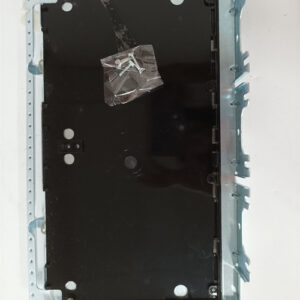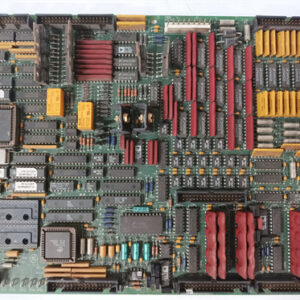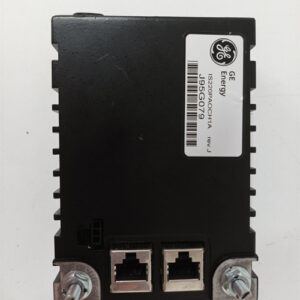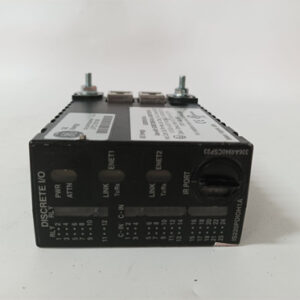الوصف
The GE part number IC3603A177AH1 refers to a Potted Relay assembly that is a component of GE’s legacy Speedtronic Mark I and Mark II series turbine control systems. The term “potted” means that the relay and its internal circuitry are sealed in a protective compound, and the assembly is integrated into a terminal box.
Function and Key Features
A relay is an electromechanical switch. This specific relay assembly is designed for reliable, high-integrity switching in a harsh industrial environment.
- Potted Design: The key feature is the “potted” design. This process involves encapsulating the relay’s internal components in a solid resin or epoxy. This protects the delicate electrical parts from:
- Moisture and Dust: Prevents water, humidity, and airborne contaminants from causing shorts or corrosion.
- Vibration and Shock: Provides a physical cushion that dampens vibrations, a common issue in a power plant, extending the relay’s operational life.
- Chemical Exposure: Shields the components from corrosive gases or liquids.
- Terminal Box Integration: The relay is pre-installed in a terminal box, which simplifies wiring and installation in the field. This also provides an additional layer of physical protection.
- Switching Function: The relay itself is used to control a circuit. It receives a low-power electrical signal from a control card and uses it to switch a higher-power circuit on or off. This is a common method for controlling actuators, valves, or solenoids.
- Robustness: The potting and terminal box design make this an extremely robust component, suitable for safety-critical applications in a power generation environment.
Applications
The IC3603A177AH1 is a legacy component, so it is primarily used in power generation facilities that still operate GE’s older Mark I and Mark II turbine control systems. It is an essential component for:
- Safety Systems: It’s often used in safety circuits, where reliable operation is critical for a safe shutdown.
- Control Loops: It serves as an interface between the low-power control electronics and the higher-power devices they are controlling.

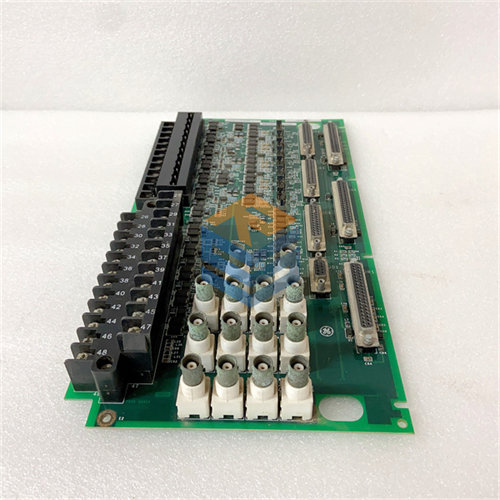
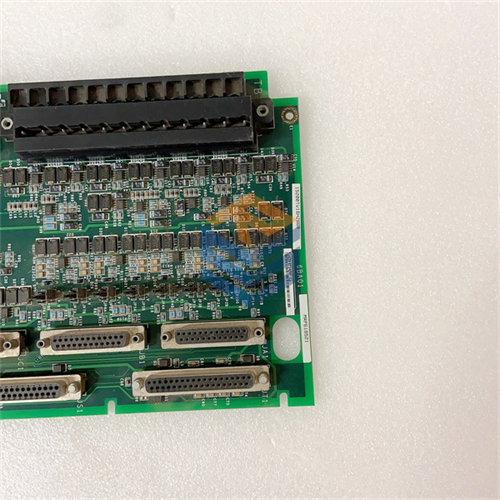

 +86 15340683922
+86 15340683922 +86 15340683922
+86 15340683922